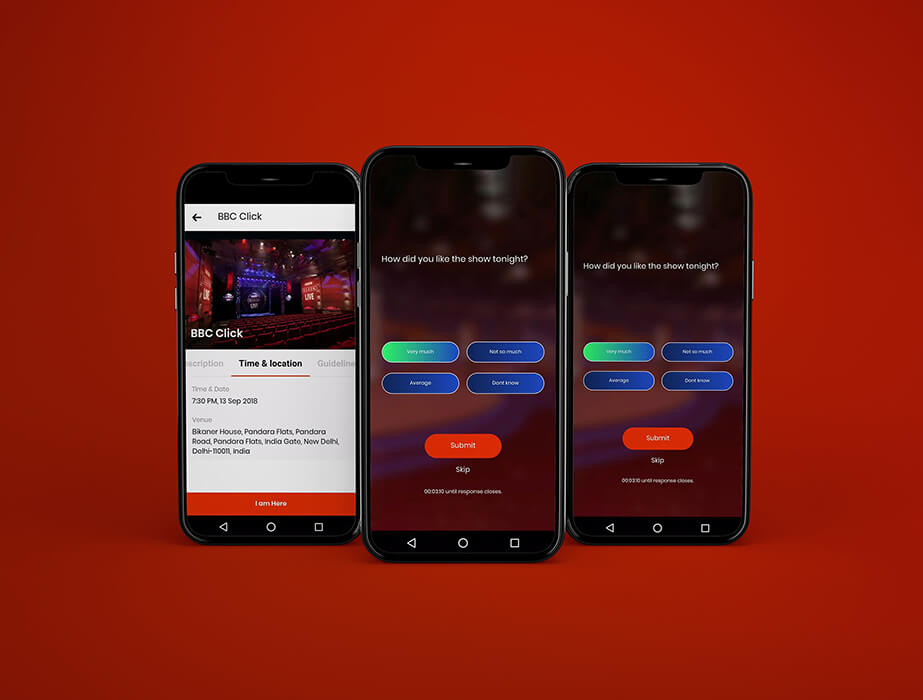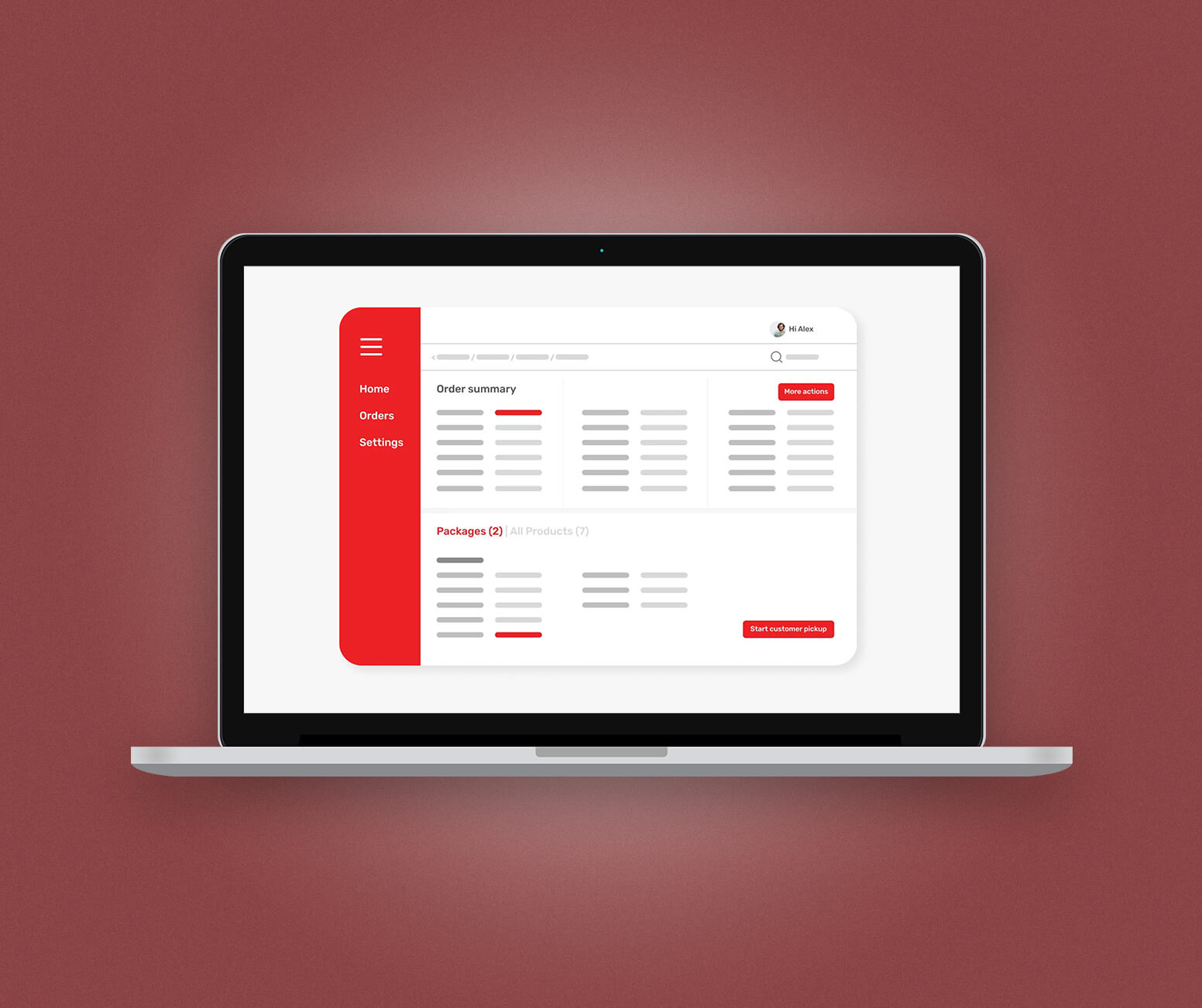Cloud lock-in invokes a sense of fear due to the loss of control over infrastructure and data that power business applications. Uptime, security and general infrastructure are important pillars that need to be controlled all the time and it can be scary if there is a lapse. Single vendor dependency for networking, data, servers and user management can prove to be detrimental in case something goes wrong. You might face the issue of a cloud service provider (CSP) not being able to meet current or future requirements. You may need to switch over to a new vendor and this again involves risk in the rise of expenditure.These are genuine concerns which can be minimized by designing enterprise-wide cloud strategy. To solve or deal with cloud vendor lock-in issues, it is important to define enterprise-wide cloud strategy.
Defining a cloud strategy
A cloud strategy should ideally include the following points:
- A well defined business objective
- Exit strategy right from initiation
- Data centric strategy
- Making a correct selection of whether to use or not use a multi-cloud or a hybrid approach
- Selecting different cloud vendors for different workloads
Failure to pertain to the mentioned cloud strategy might lead on to vendor lock-in risks. Various types of risks include:
- Data transfer risk
- Infrastructure transfer risk
- Application transfer risk
- Human resource knowledge risk
What is a multi-cloud?
Hybrid cloud is not multi-cloud. The major cloud service providers are Azure (Microsoft), AWS (Amazon Web Services), and GCP (Google Cloud Platform), who provide a wide array of services. There are certain workloads and businesses that do not perform well on one cloud platform but its related cost is high. At times the same workload functions better on other cloud platforms at cheaper costs. Along with cost and data migration, availability of mechanisms to migrate data to various cloud platforms is another critical factor to be considered. The points mentioned are the typical constituents of a multi-cloud strategy and should ideally be a part of the cloud strategy as a whole. Enterprises need to develop a solution that is independent of a cloud vendor or infrastructure. This would reduce vendor lock-in to a great extent.Use of containers in place of VMs is another method of minimizing vendor lock-in. Containers like Dockers are portable and can be used across all operating systems. Additionally, cloud standardization helps resolve interoperability issues and further in avoiding vendor lock-ins.
Points to remember
Here are a few points to remember to ensure that vendor lock-in risk is minimized.
Due diligence
- Before selecting your CSP, ensure that they would be providing you everything for running your applications.
- You need to determine the goals for migrating to the cloud.
- Current IT situation needs to be carefully evaluated and this includes audit of current infrastructure, resources and cost.
- Choose from among the three types of cloud environment – public, private, or hybrid?Determine the necessary cloud components and select the right cloud provider.
You need to carefully consider all the CSPs’ offerings and check whether they match or not. An in- depth understanding of the CSP is important for mitigating vendor lock-ins.
Exit plan
While planning the implementation strategy, you need to include an exit plan and its related costs.
Flexibility of design
- Your applications should be flexible and loosely coupled to prevent lock-in
- Cloud application components should be loosely linked with the application components that interact with them.
Issues might arise when your application data and logic is hosted by a single cloud service provider. For mitigating cloud vendor lock-in, you need to be thorough about performing due diligence on cloud service providers, make plans for an early exit if required, build an application that is loosely-coupled, arrange for maximum data portability, and implement DevOps tools.In cloud computing, vendor lock-in is indeed a legitimate concern. But there are chances of benefits outweighing risks build better applications and extract more value by having a deeper understanding of the functioning and offerings of your CSP.
We ensure that you are able to optimize your cloud to the hilt and save on your AWS bill through BuilderCloud.
Want to start your app project with us?
Book a demoSpeak with one of our product experts today.
By proceeding you agree to Builder.ai’s privacy policy and terms and conditions

Rohit Soni is a Sr Tech Lead at Builder.ai where he applies 16+ years of experience to ensure security and quality standards are maintained across all products. Rohit has a B.Tech in Electrical & Electronics from UP Technical University.












 Facebook
Facebook X
X LinkedIn
LinkedIn YouTube
YouTube Instagram
Instagram RSS
RSS


